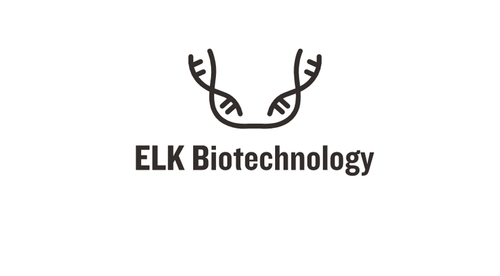Product Description
Mouse Rhodopsin (RHO) ELISA Kit | AE22210MO | Abebio
Species Reactivity: Mouse (Mus musculus)
Abbreviation: RHO
Alternative Name: CSNBAD1; MGC138309; MGC138311; OPN2; RP4; opsin 2; rod pigment|retinitis pigmentosa 4; autosomal dominant|rhodopsin (opsin 2; rod pigment) (retinitis pigmentosa 4; autosomal dominant)
Application: ELISA
Range: 0.156-10 ng/mL
Sensitivity: 0.063 ng/mL
Intra-Assay: ≤5.2%
Inter-Assay: ≤9.7%
Recovery: 1, 05
Sample Type: Serum, Plasma, Other biological fluids
Detection Method: Sandwich
Analysis Method : Quantitive
Test Principale: This assay employs a two-site sandwich ELISA to quantitate RHO in samples. An antibody specific for RHO has been pre-coated onto a microplate. Standards and samples are pipetted into the wells and anyRHO present is bound by the immobilized antibody. After removing any unbound substances, a biotin-conjugated antibody specific for RHO is added to the wells. After washing, Streptavidin conjugated Horseradish Peroxidase (HRP) is added to the wells. Following a wash to remove any unbound avidin-enzyme reagent, a substrate solution is added to the wells and color develops in proportion to the amount of RHO bound in the initial step. The color development is stopped and the intensity of the color is measured.
Product Overview: Rhodopsin is a pigment of the retina that is responsible for both the formation of the photoreceptor cells and the first events in the perception of light. Rhodopsins belong to the G-protein coupled receptor family and are extremely sensitive to light, enabling vision in low-light conditions. Exposed to light, the pigment immediately photobleaches, and it takes about 30 minutes to regenerate fully in humans.Rhodopsin consists of the protein moiety opsin and a reversibly covalently bound cofactor, retinal. Opsin, a bundle of seven transmembrane helices, binds retinal, a photoreactive chromophore, in a central pocket. Retinal is produced in the retina from Vitamin A. Isomerization of 11-cis-retinal into all-trans-retinal by light induces a conformational change in opsin that activates the associated G protein and triggers a second messenger cascade.
Stability: The stability of ELISA kit is determined by the loss rate of activity. The loss rate of this kit is less than 5% within the expiration date under appropriate storage condition. The loss rate was determined by accelerated thermal degradation test. Keep the kit at 37°C for 4 and 7 days, and compare O.D.values of the kit kept at 37°C with that of at recommended temperature. (referring from China Biological Products Standard, which was calculated by the Arrhenius equation. For ELISA kit, 4 days storage at 37°C can be considered as 6 months at 2 - 8°C, which means 7 days at 37°C equaling 12 months at 2 - 8°C) .
 Euro
Euro
 USD
USD
 British Pound
British Pound
 NULL
NULL








